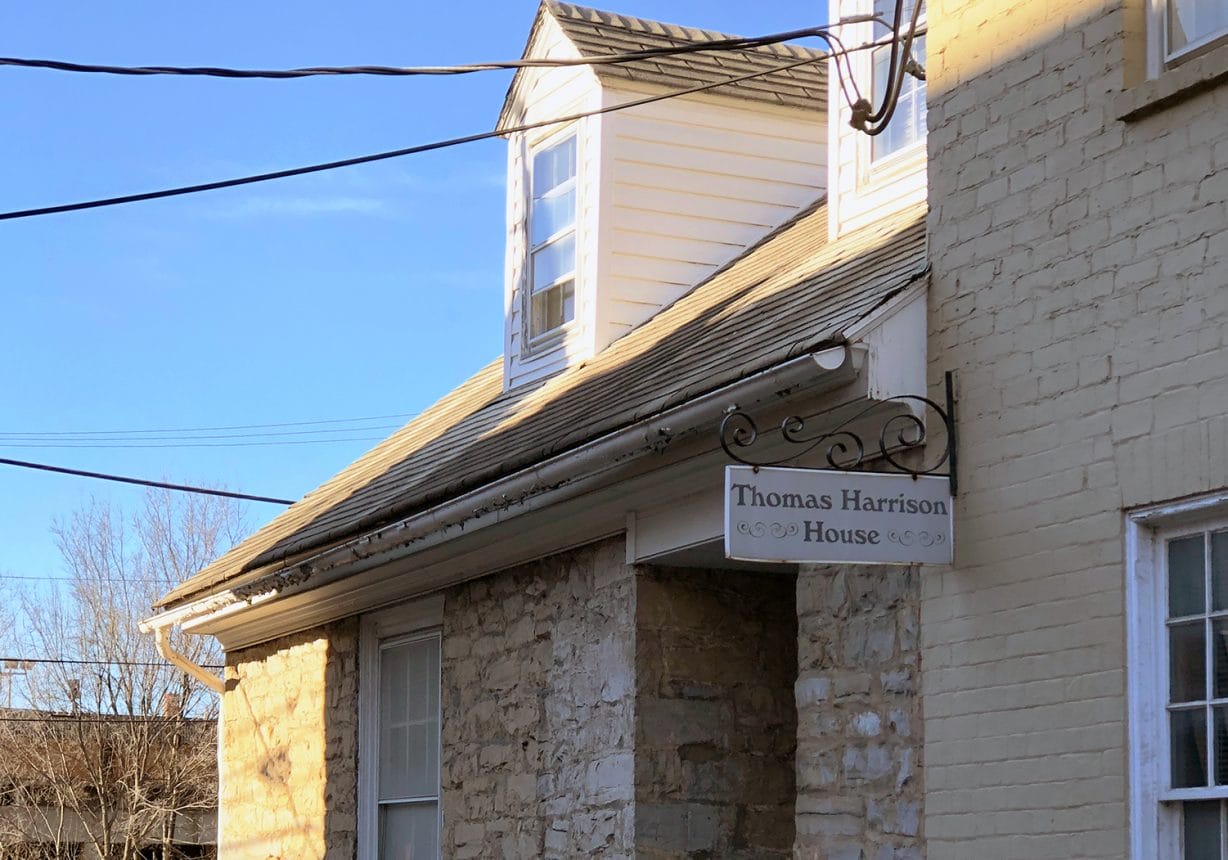
By K. Mauser, contributor
Harrisonburg’s Public Works department is hoping to make $4 million worth of renovations and restorations to the historic Thomas Harrison House by June 2026 with the help of a state grant.
At Tuesday’s City Council meeting, Public Works Director Tom Hartman alongside Grants and Programs analyst Luke Morgan announced plans to apply for the VA 250 Preservation Fund Grant, a grant program the Virginia Department of Historic Resources administers to support improvements at historic Virginia locations in anticipation of the 250th anniversary of the American Revolution in 2026.
Harrisonburg’s Thomas Harrison House, off of West Bruce Street and South Main Street, will be the focus of what City Manager Ande Banks described as a “pretty impressive” restoration and renovation plan. Although archeologists in 2018 determined the Thomas Harrison House wasn’t actually owned by city founder Thomas Harrison, Banks said he believes the project still works to highlight the history of 18th century Harrisonburg.
About $1 million in funds are already available for the project, Hartman said, with half coming from the city and the other half from Community Foundation Funds. By applying for the VA 250 grant, he said the city hopes to receive $3 million more.
To improve access to the outside of the structure, Hartman said the Public Works Department will first demolish part of the Hall House beside it, creating an open terrace directly adjacent to the Thomas Harrison House. This demolition will cost an estimated $1 million dollars, leaving the remaining $3 million to be put toward “additional restoration efforts,” according to his presentation.
“Prior to the VA 250 being announced, we’d already been working on a way to highlight the Harrison house and the area around it to the public,” Hartman said. “We expanded [our ideas] a little bit to look at how we can improve access to the outside of the structure.”
Hartman and Morgan said they plan to submit the initial application before Friday’s deadline and hear back in early September to submit their full application by its Oct. 14 deadline.
After the grant awards are announced in late 2024, Morgan said the renovation of the Thomas Harrison House must be complete by June 2026.
“With the VA 250 grant, we’re able to not only do this project that we were planning to get underway — it allows us to leverage those funds to open up a building, to get inside of the structure,” Hartman said.
Morgan said to qualify for the grant, the project must provide a “measurable public benefit” such as free admission days, increased accessibility or an increase of days open to the public, and precedence will be given to historic properties with a “strong argument” for how their renovation projects will increase visitation.
If not awarded the VA 250 grant, Hartman said part of the Hall House will still be demolished to make way for a new terrace area, adding that the city will use the possible $3 million from this grant to renovate the interior of the Thomas Harrison House — both the main floor and basement.
“We’re going to be pursuing the preservation of the Harrison house, but also creating a new space downtown,” Banks said.
Thanks for reading The Citizen, which won the Virginia Press Association’s 2022 News Sweepstakes award as the top online news site in Virginia. We’re independent. We’re local. We pay our contributors, and the money you give goes directly to the reporting. No overhead. No printing costs. Just facts, stories and context. We value your support.
